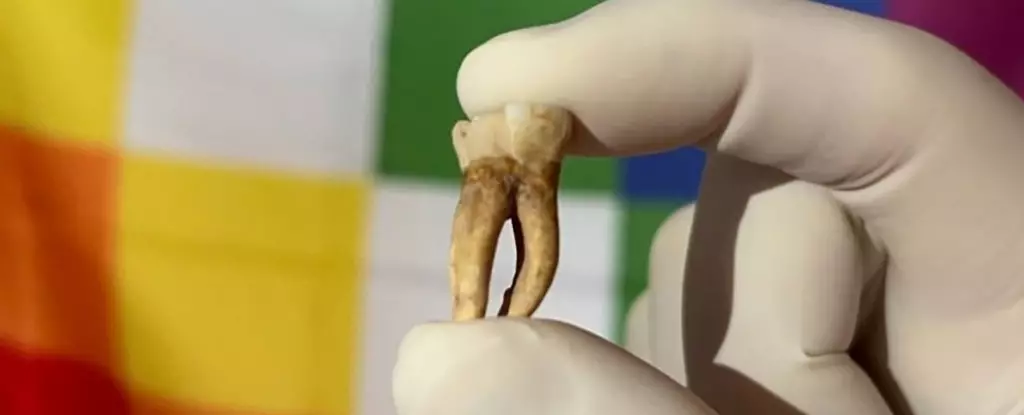For centuries, the popular narrative concerning leprosy in the Americas has painted a simplistic picture: a European import that devastated Indigenous populations. This version of history serves to underscore the tragic consequences of colonial expansion, yet it is increasingly clear that this account is far too reductive. Recent research now suggests that the reality is both more intricate and unsettling. Indigenous peoples had, in fact, been grappling with leprosy for centuries before European settlers arrived, pointing to a far more complex interplay between disease and humanity’s tumultuous history on these shores.
Hailing from a groundbreaking study conducted by a multinational team of researchers, the evidence isn’t just circumstantial; it’s backed by robust genetic analysis. While Mycobacterium leprae, known as the traditional perpetrator of leprosy, may have made its way to the Americas through European explorers, the less publicized Mycobacterium lepromatosis was already living among Indigenous peoples, a lurking specter that had existed long before foreign arrivals. This paradigm shift in understanding forces us to confront essential questions about our history, identity, and the narratives we choose to uphold.
The Genetic Revolution: What Ancient DNA Reveals
Genomic analysis has entered a new age, enabling researchers to peek back thousands of years into humanity’s past. The recent findings from human remains dating back over a millennium, located in Canada and Argentina, reveal a strain of M. lepromatosis, the implication being that this bacterium had already woven itself into the fabric of Indigenous lives long before white settlers reached the continent. To those invested in understanding the history of infectious diseases, these findings are staggering.
Maria Lopopolo, a pivotal figure in this research, aptly states, “This discovery transforms our understanding of the history of leprosy in America.” This statement reflects a broader truth about how we interpret narratives of suffering and how those interpretations have often been skewed by a colonial lens. The notion of Indigenous resilience is spotlighted here – communities not only adapted to the presence of the disease but likely developed their own cultural interpretations of it.
Colonial Myopia: Flawed Interpretations and Implications
As the academic community grapples with these revelations, we must also contend with the implications of historical narratives that have long absolved colonial forces from responsibility. By painting leprosy as merely a consequence of European conquest, we overlook the agency and self-sufficiency of Indigenous peoples in confronting their challenges. The retelling of colonial history must adapt to allow for the complexities of the past — acknowledging that Indigenous populations had their environmental interactions and diseases long before the arrival of colonizers.
The notion that disease is an eradicator and simplistically representative of colonial impact can strip away the rich tapestries of life, survival, and adaptation among Indigenous cultures. This is not just about leprosy, but rather the way we address broader themes of historical trauma and resilience in our discussions concerning colonial legacies.
Leprosy Today: An Enduring Epidemic
Fast forward to the present, and the specter of leprosy still haunts humanity, claiming around 200,000 new cases annually across the globe. While modern medicine has made treatment possible, a lingering stigma and lack of understanding persist. The necessity for utilizing historical insights to combat contemporary issues is clear. Understanding the longstanding impact of leprosy can enlighten modern public health efforts, illuminating how past interpretations contribute to current perceptions.
By revisiting the origins and interpretations of diseases, we are equipped with a more profound comprehension of their societal impacts. Nicolás Rascovan’s assertion that the study poses possibilities of unknown animal reservoirs hints at unknown dimensions of the disease that warrant further investigation. This opens up avenues for understanding how cultures, both ancient and modern, can shape health outcomes through collective memory, response, and adaptation.
Such reclaiming of narratives empowers Indigenous voices as active agents rather than passive victims of disease, encouraging future dialogues to be more inclusive, nuanced, and multi-dimensional. Historical oversimplifications impede justice and healing; understanding provides the clarity needed to confront injustices head-on. As we transition into a future where leprosy — and by extension, public health challenges — can be addressed effectively, we owe it to history to remember, learn from it, and possibly rewrite the narrative once held as fact.

